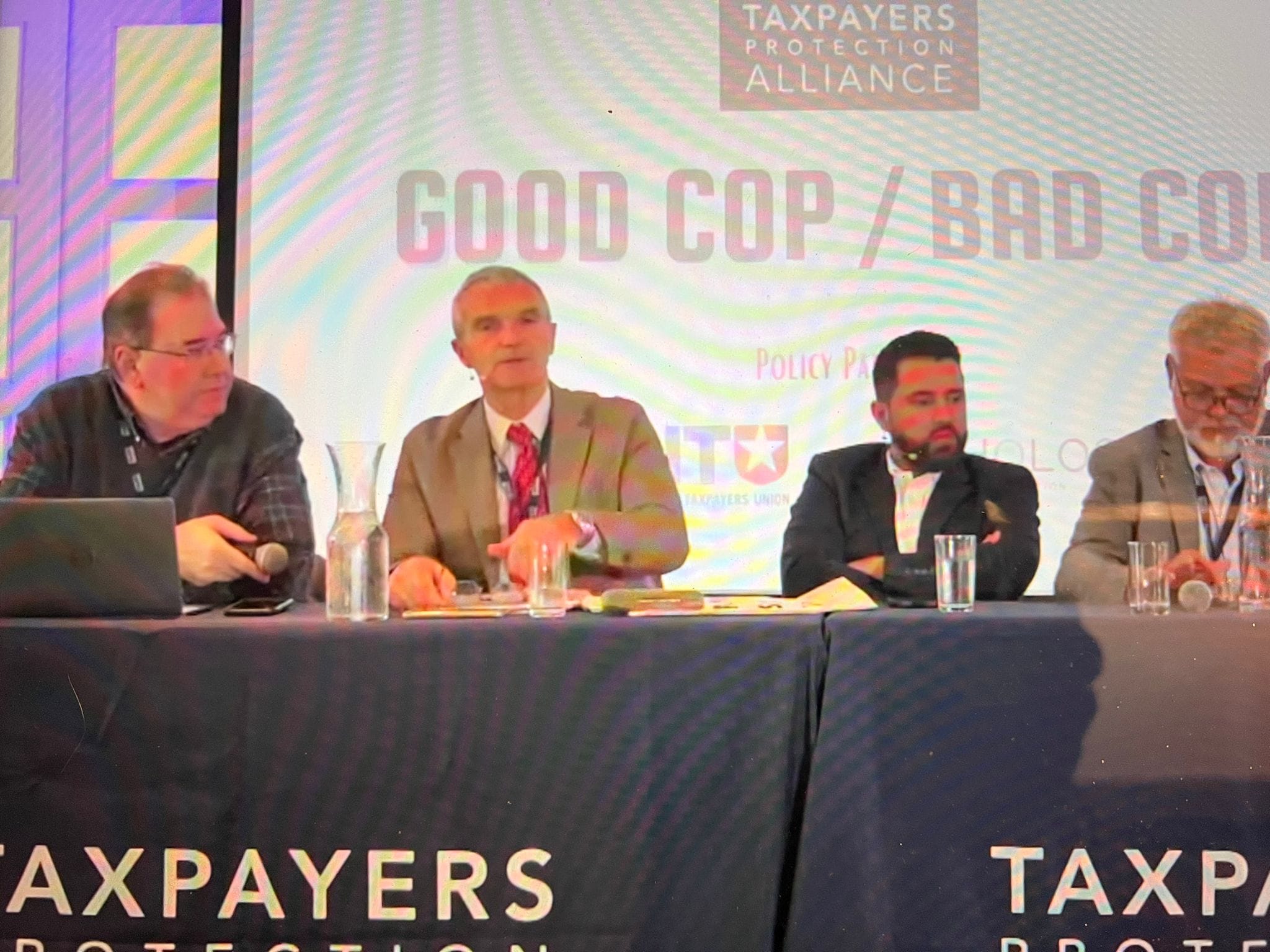Prof. Riccardo Polosa, CoEHAR Founder, flew to Panama to take part in the event “Good COP/ Bad COP”, the counter conference COP10 to the WHO Framework Convention on Tobacco Control (WHO FCTC).
The tenth session of the conference of the parties ended on February 10. Focus of the meeting, that involves more than 180 countries, was to discuss new approaches and regulation of tobacco products.
Despite 8.5 million premature deaths annually and 1.2 billion tobacco users globally, progress in reducing tobacco use is slow. High smoking rates persist, with significant gender disparities in some regions.
Open public health policies toward tobacco harm reduction strategies means giving smokers an alternative to quit smoking for good or to reduce the number of cigarettes smoked every day: globally, tobacco harm reduction (THR) products usage has risen to 120-130 million users.
Despite the data that comes from the latest study in the field of THR, FCTC’s approach to THR is criticized for being negative despite evidence of its benefits. In the papers published before COP10 and used as a base to develop strategies by FCTC members, the use of alternative nicotine-releasing products has been criticised. The current anti-tobacco health policies rely on an obsolete approach: a mix of heavy taxation and strict regulations. But the lack of support for innovation and research in THR hampers progress in tobacco control.
Many countries have introduced laws and taxes aligned with the FCTC, but their impact is often unmeasured. Enforcement and visibility of these laws are particularly lacking in low- and middle-income countries (LMICs), hindered by weak enforcement capacity, limited funding, and competing priorities.
“Taxation of tobacco products should be integrated both ways,” stressed Prof. Polosa, “meaning that the regulation should be risk-proportionate (meaning again that if a product is 90% less risky compared to tobacco combustibles we need to make provision for that level of reductional risk at the taxation level).”
Nothing has been said yet regarding tobacco harm reduction strategies.
For Prof. Polosa: “By equating smoke with vape and HTP aerosols (proposed in articles 9 and 10), WHO’s approach, rooted in contentious science, is now facing backlash. Many delegations have challenged WHO’s anti-THR stance, citing its reliance on highly speculative science. The postponement of discussions on Articles 9 & 10 to COP11 underscores the contentious path WHO has chosen.”
Two decades post-FCTC adoption, there’s a glaring absence of prioritized research areas, especially for assessing THR benefits and risks. Research funding is concentrated in the USA and UK, sidelining LMICs and limiting their policy development capabilities.
The exclusion of key stakeholders (e.g., vaping community, free media, industry, and harm reduction experts) from COP10 limits informed policy-making and hinders rapid declines in tobacco use. This approach disregards potential solutions that could accelerate the end of smoking.
In conclusion, the panel of experts notes that in spite of some progress, significant challenges remain, particularly in LMICs and in embracing innovative approaches to tobacco harm reduction.
The need for increased funding, better implementation of laws, and a more inclusive approach to policy-making and research is evident to meet FCTC objectives effectively.




